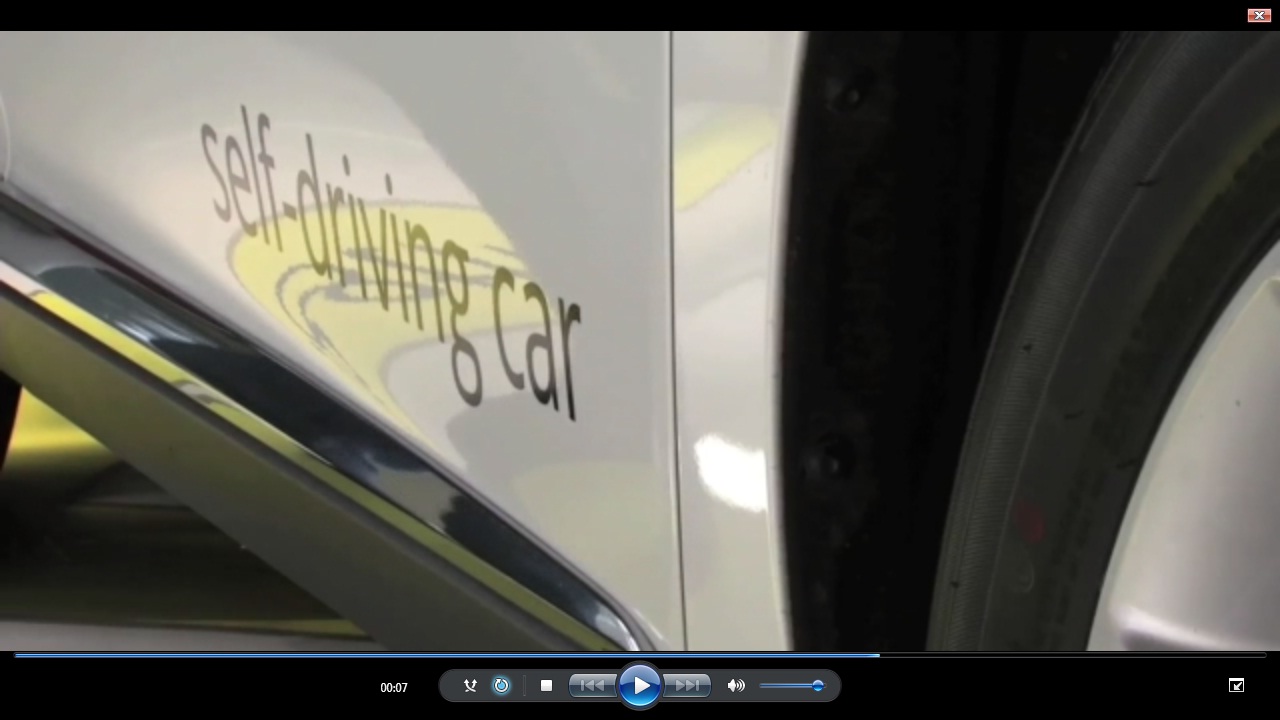Strike One? Google’s Self-Driving Car Figures in First Injury Accident
![By Driving_Google_Self-Driving_Car.jpg: Steve Jurvetson derivative work: Mariordo [CC-BY-2.0 (http://creativecommons.org/licenses/by/2.0)], via Wikimedia Commons](https://techtheday.com/wp-content/uploads/2014/05/Googles-Self-Driving-Car.jpg)
By Driving_Google_Self-Driving_Car.jpg: Steve Jurvetson derivative work: Mariordo [CC-BY-2.0 (http://creativecommons.org/licenses/by/2.0)], via Wikimedia Commons
It was bound to happen, was it? Google disclosed Thursday this week that one of the 20 Google self-driving cars in Mountain View had been involved in the first ever injury accident in the history of the testing of Google’s self-driving car project. What does this mean for the driverless car technology development? Is this incident enough to discourage public support?
The Self-Driving Car in the Accident
The driverless car involved in the accident is not the completely Google made version, which lacks a steering wheel, has an unusual design and runs slower. Google, apparently, couldn’t use their steering-wheel-free version in California because state laws require that driverless cars being tested on public roads should always have a driver behind the steering wheel to take over the car in emergency cases. The car involved in the accident is a Lexus SUV outfitted with a multitude of sensors, cameras, and computing resources to operate as a driverless vehicle. It’s a typical car that can seat up to five persons including the driver. The vehicle, in its stint as a test unit for the self-driving car project, has not been involved in any accident previously.
The Accident
Google’s driverless car was involved in a collision as it was in self-driving mode. It was approaching an intersection with a green light. There were two cars in front of it. The cars in front of the Google car slowed down and stopped, making it stop as well. After which, the Google car was rear-ended by a vehicle running at about 17 mph (as detected by the Google car’s sensors).
The Google car’s sensors also detected that there was no attempt from the car behind it to brake or slow down.
In addition to the slight damage on the driverless car’s bumper, the accident resulted in a minor whiplash for all three passengers. All three passengers were Google employees. The driver of the car that hit Google’s car, on the other hand, reported minor neck and back pain.
The accident caught the attention of Mountain view police but no accident report was filed.
The Other Driver to Blame?
Google is firm on the claim that the accident was caused by the other driver, not by the self-driving car. The company released a video that showed what ensued during the crash, in the perspective of the self-driving car (since it’s the one with cameras and sensors all around it). Well, video evidences are hardly refutable so Google’s claim is not that difficult to believe.
Encouraging Accidents?
Google claims that the accident, along with the 11 others wherein Google’s self-driving cars were rear ended by other cars, is actually encouraging, that it does not actually discourage them to pursue the development and testing of the technology further. Chris urmson, the lead for the Google driverless car project, said in a blog post that the company’s self-driving cars are being hit surprisingly often by other drivers who he assumes to be distracted and not paying attention to their driving. Umson claims that not one accident had been caused by Google’s cars.
Urmson admits that Google’s cars have already been involved in 14 accidents (without injuries) over the six years they have been tested on the road, with nearly 2 million miles traveled. Still, Google claims that statistics would show that self-driving cars are safer than those with human drivers. Nearly all of the accidents (11 out of 14) where Google cars were involved had the self-driving car rear-ended. Google wants to emphasize that nearly all of the accidents happened because of human error, because of the fault of a human driver in another car. Google is firm in the assertion that not one of the accidents were caused by the driverless cars being tested by the company.
![By Flckr user jurvetson (Steve Jurvetson). Trimmed and retouched with PS9 by Mariordo [CC-BY-SA-2.0 (http://creativecommons.org/licenses/by-sa/2.0)], via Wikimedia Commons](https://techtheday.com/wp-content/uploads/2014/05/Googles-Driverless-Car.jpg)
By Flckr user jurvetson (Steve Jurvetson). Trimmed and retouched with PS9 by Mariordo [CC-BY-SA-2.0 (http://creativecommons.org/licenses/by-sa/2.0)], via Wikimedia Commons
Faster to React than Humans
Earlier in May, reports were published citing partial data from Google’s years of testing self-driving cars. The company claimed that their driverless vehicles are faster to react than human drivers. With the help of cameras and sensors that enable 360-degree visibility, Google’s cars is capable of tracking other vehicles, pedestrians, and cyclists within 220 meters. These cars are also programmed to be extra careful or conservative. In driving at intersections, in particular, Google’s cars have been programmed to pause for a brief period of time after a light turns green before going ahead.
Indeed, driverless car technology is promising. It’s difficult to argue with its proponents given the statistics so far. However, more road tests are still needed before it can be said that these self-driving vehicles are ready for more widespread use, and to convince skeptics to give the technology a try, let alone rely on it.
